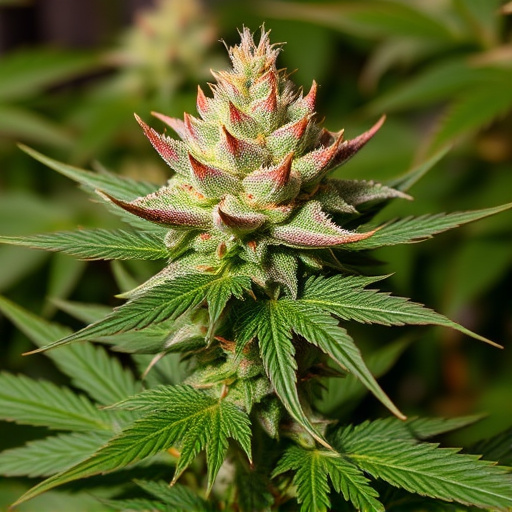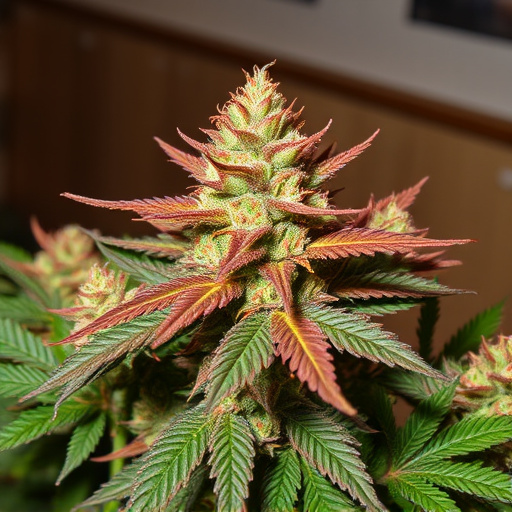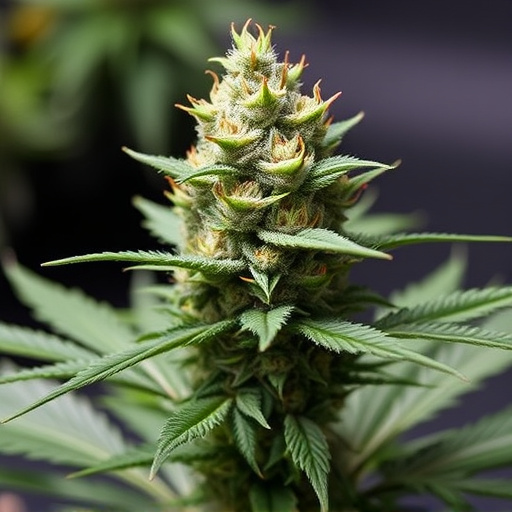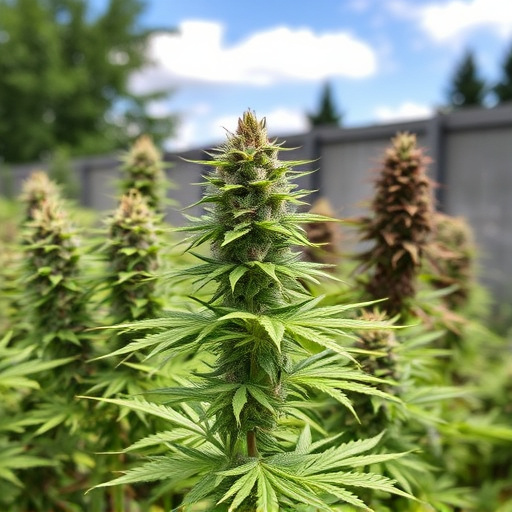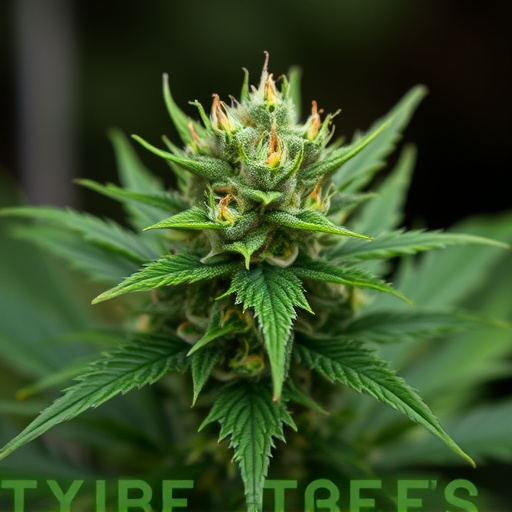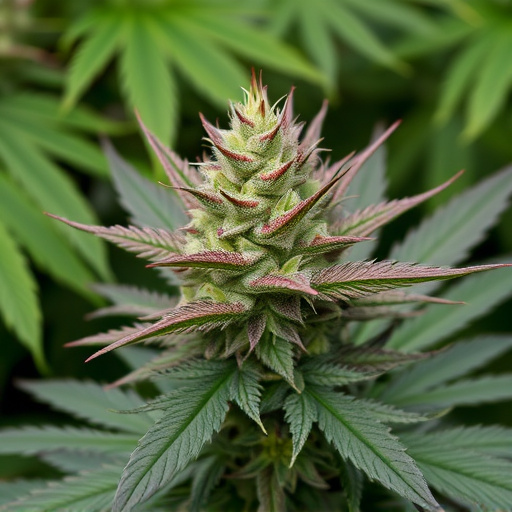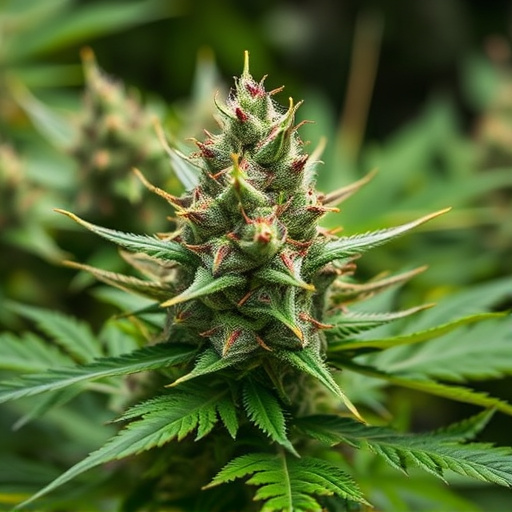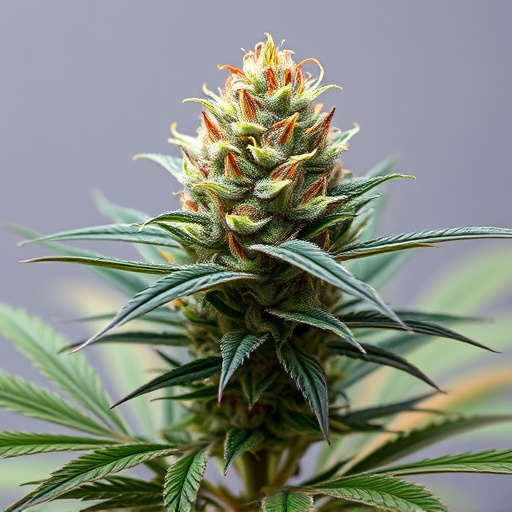Cannabis contains various cannabinoids, with THC and CBD being most known. Different strains have varying cannabinoid profiles that affect drug test results. Smoking or vaping leads to faster detection than ingestion of edibles. Indica and sativa offer distinct effects, impacting test outcomes based on THC and CBD levels. Minimizing positive test results involves choosing low-THC or CBD-dominant strains, using non-smoke consumption methods, and taking regular breaks from cannabis use.
“Uncovering the complexities of weed’s presence in drug tests is essential, especially with its growing legality. Cannabis, rich in compounds like THC and CBD, can remain detectable for varying periods, impacting employment and legal outcomes. This article explores how different types of cannabis strains influence drug test results. We delve into the science behind compound detection, offering insights on the duration of detectability. Additionally, practical strategies to minimize weed’s impact on drug screenings are presented, providing valuable guidance for those seeking to navigate these challenges.”
- Understanding Cannabis Compounds and Their Detection
- Types of Cannabis Strains and Their Impact on Drug Tests
- Strategies to Reduce the Detectability of Weed in Drug Tests
Understanding Cannabis Compounds and Their Detection

Cannabis, often referred to by its common name “weed,” contains various compounds that can be detected in drug tests. Understanding these compounds is crucial for comprehending how different types of cannabis strains can show up on tests. Cannabis contains over 100 unique chemical compounds known as cannabinoids, the most well-known being THC (tetrahydrocannabinol) and CBD (cannabidiol). THC is primarily responsible for the plant’s psychoactive effects, while CBD has gained popularity for its potential therapeutic benefits without inducing intoxication.
Different types of cannabis strains vary in their cannabinoid profiles. Some strains may have higher concentrations of THC, which can significantly increase the likelihood of a positive drug test result. On the other hand, strains with higher CBD content might produce milder reactions. Additionally, the method of consumption also plays a role; smoking or vaping cannabis increases blood concentration levels faster than ingestion through edibles, making detection more probable and immediate. Knowing these factors helps individuals make informed decisions regarding their cannabis use to avoid unexpected positive test results.
Types of Cannabis Strains and Their Impact on Drug Tests
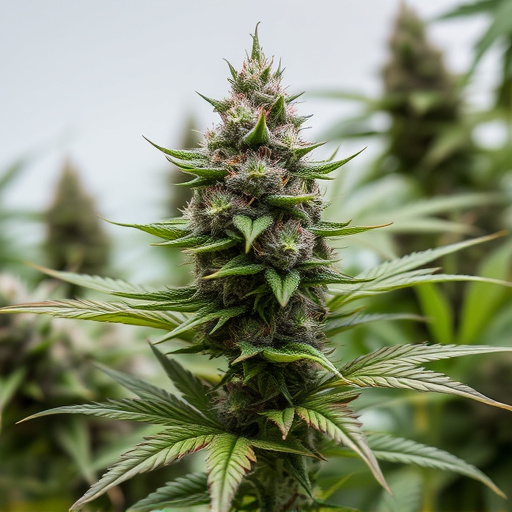
Cannabis, or weed, comes in various forms, each with unique chemical compositions and effects. The two primary categories are indica and sativa, but there are also hybrid strains. Indica is known for its relaxing and sedating properties, often making it popular for nighttime use to induce sleep or reduce anxiety. On the other hand, Sativa breeds tend to have a more energizing and uplifting effect, which can enhance creativity and focus. These differences in effects can impact drug test outcomes.
Different types of cannabis strains have varying levels of tetrahydrocannabinol (THC) and cannabidiol (CBD), two key compounds responsible for the plant’s psychoactive properties. High-THC strains, typically with concentrations exceeding 20%, are more likely to produce positive results in drug tests as THC is the primary compound detected by most standard testing methods. In contrast, CBD-rich strains, which often have less than 1% THC, may be less likely to show up on routine drug tests, especially if the test focuses primarily on identifying THC.
Strategies to Reduce the Detectability of Weed in Drug Tests
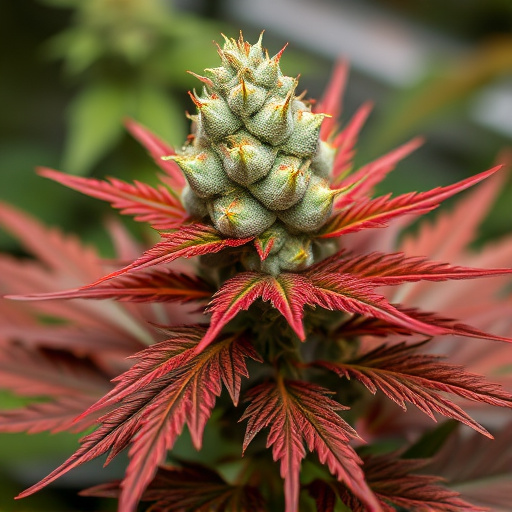
When it comes to passing drug tests, especially for those who use cannabis for medical or personal reasons, understanding how different strains and consumption methods can impact detectability is key. Cannabis remains detectable in the body for varying periods depending on factors like frequency of use, strain potency, and metabolism. High-THC strains, for instance, tend to stay in the system longer than CBD-rich varieties.
To reduce the chances of failing a drug test, users can employ several strategies. For one, switching to low-THC or CBD-dominant strains can lower the risk as these compounds are less likely to show up on standard tests. Additionally, consuming cannabis through methods other than smoking, such as edibles or vaporizers, can alter how quickly and extensively it’s metabolized, making it less detectable. Regular breaks from use can also significantly decrease the residual effects that could trigger a positive test result.
In conclusion, understanding how weed shows up in drug tests involves recognizing the presence of cannabis compounds like THC and CBD, which can be detected through various means. Knowing the different types of cannabis strains and their unique effects on drug test outcomes is crucial for individuals looking to minimize their chances of testing positive. By employing effective strategies to reduce detectability, such as flushing techniques and timing, users can navigate these challenges and make informed decisions regarding their health and legal implications.
